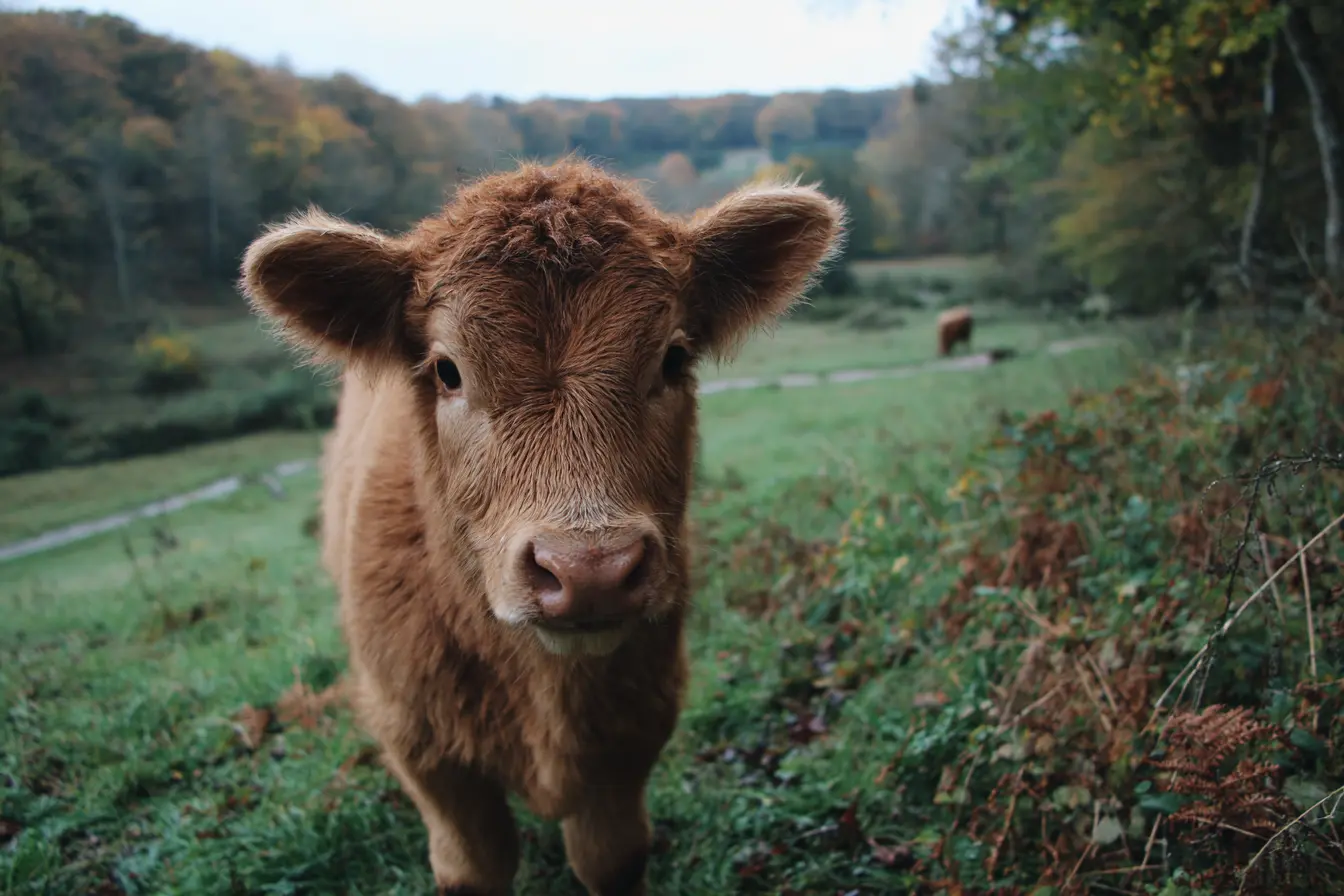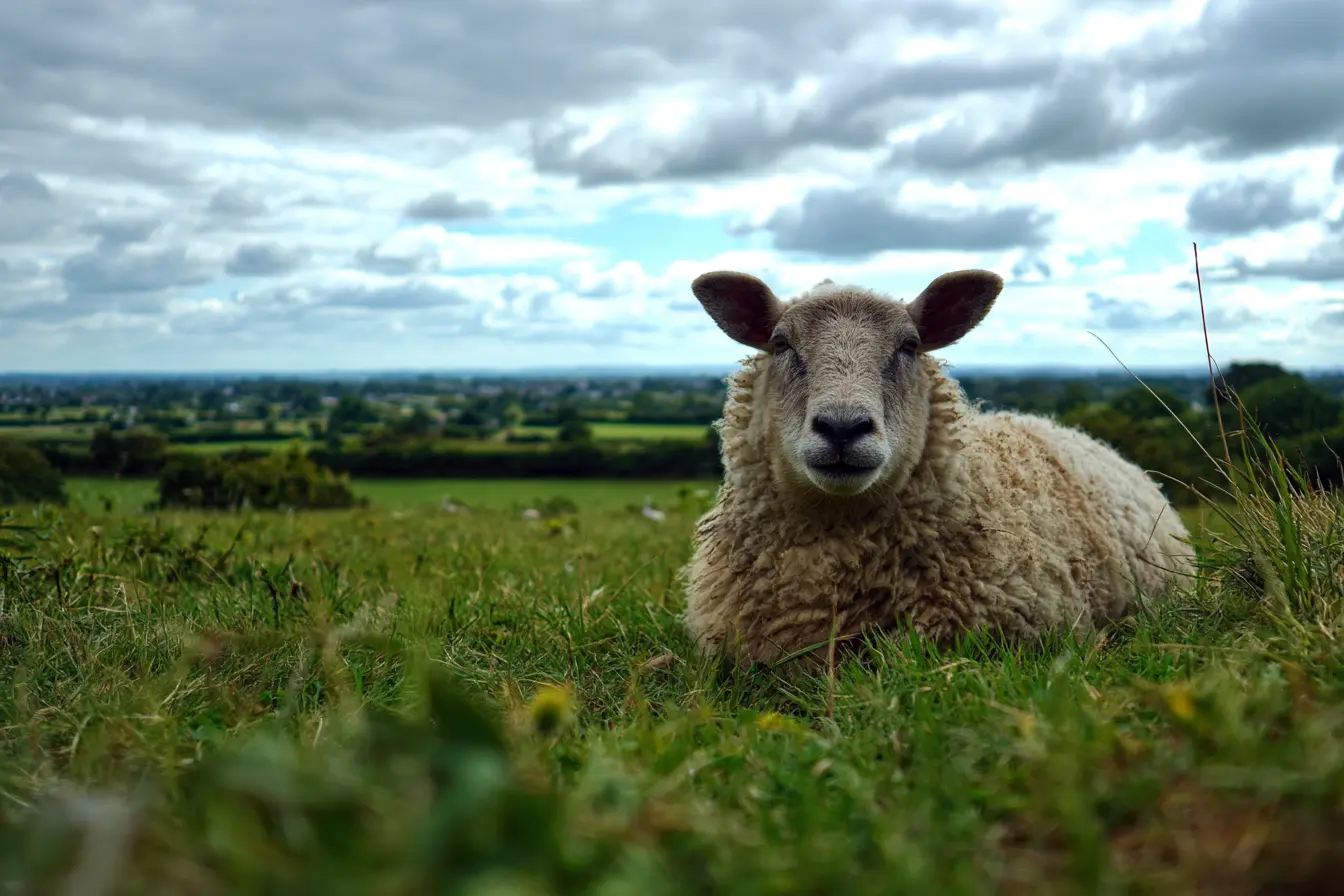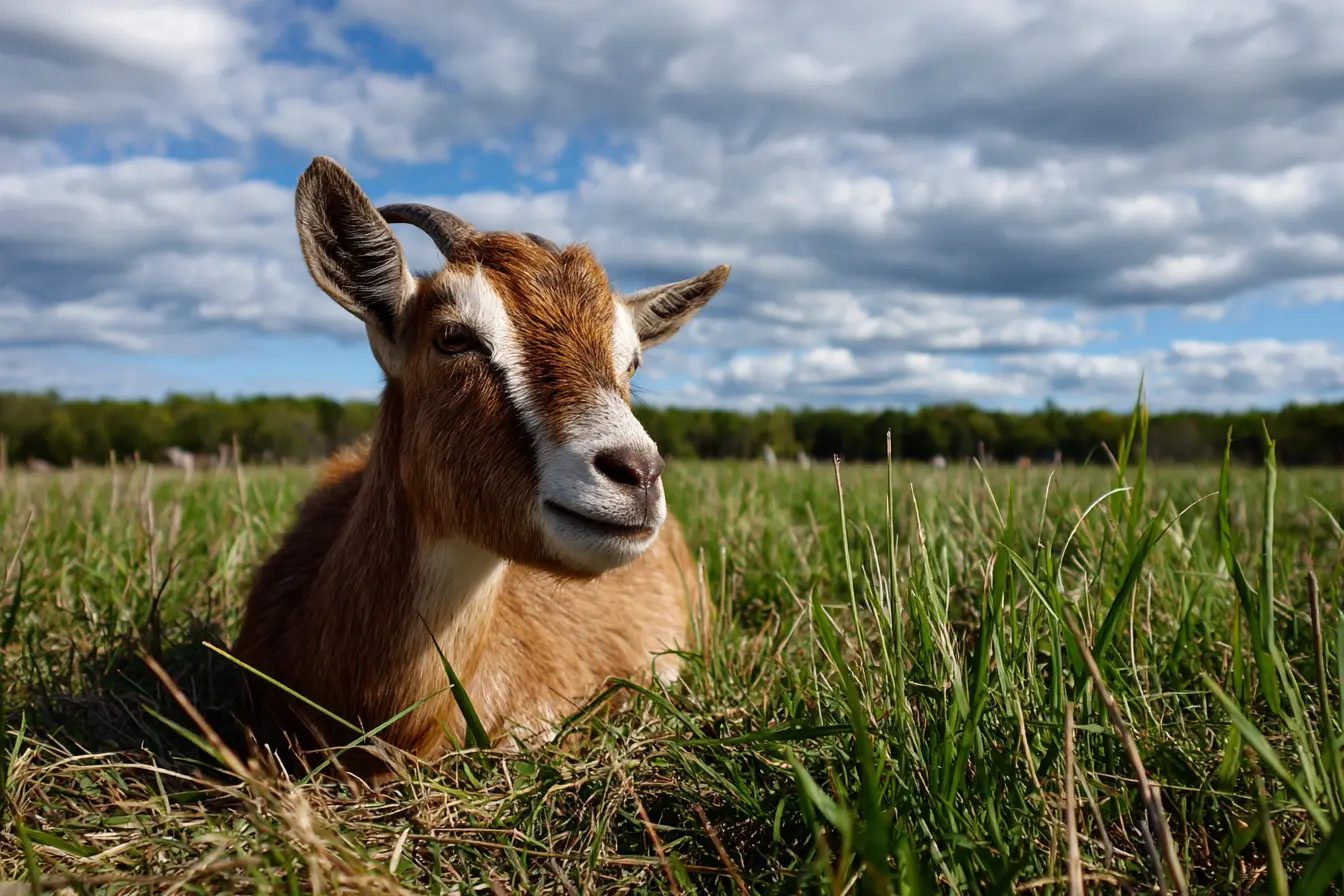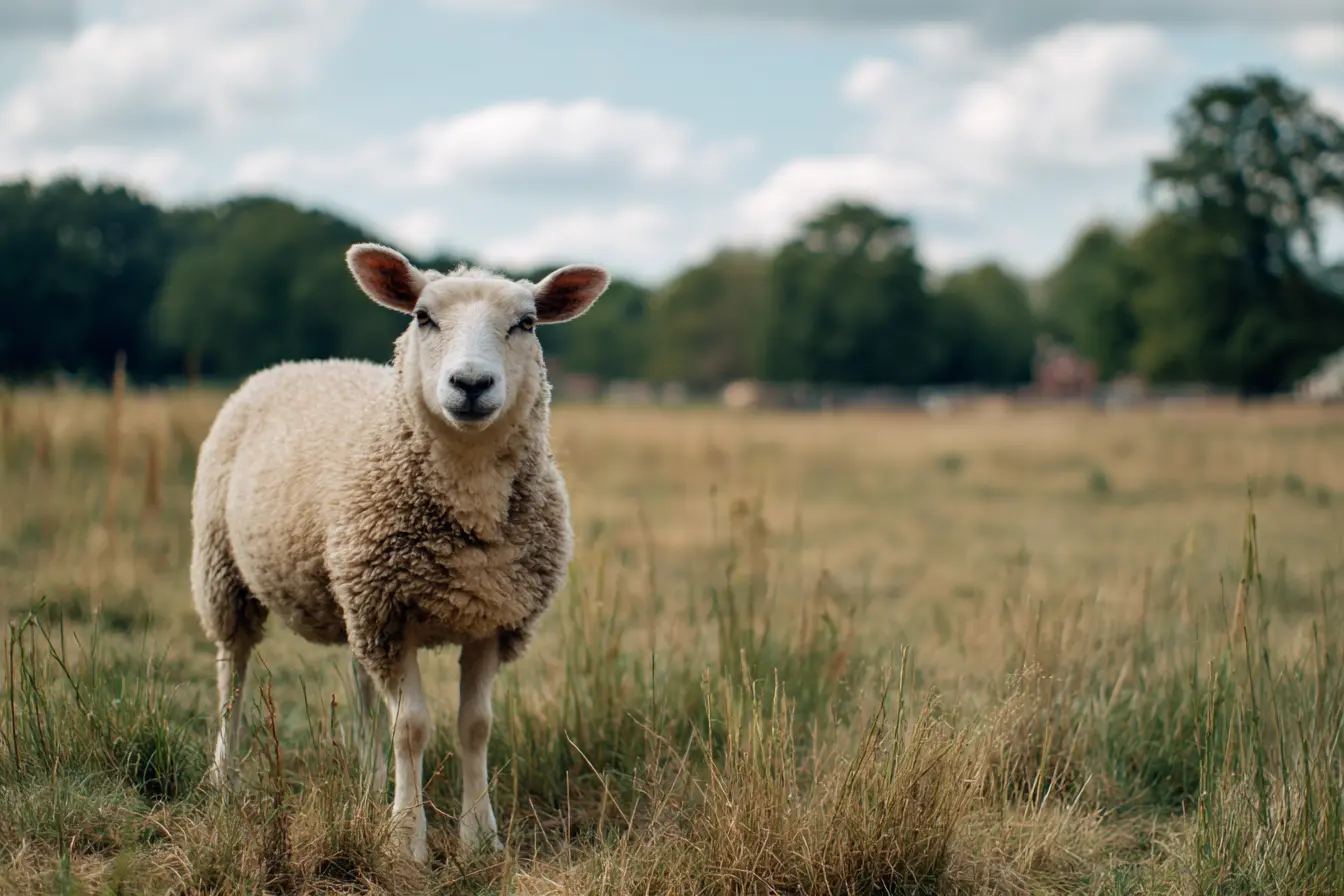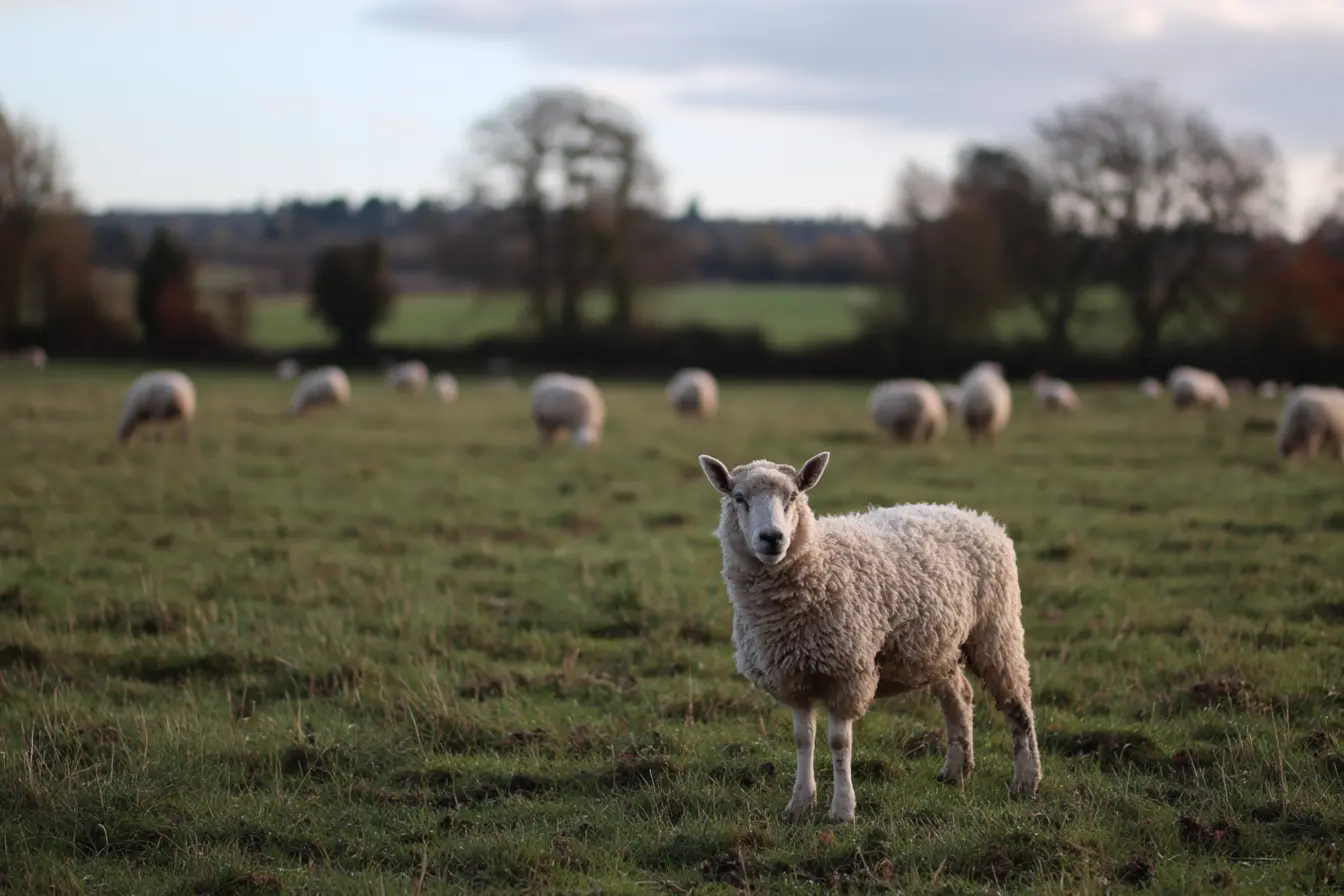
A Complete Guide to Fleece Rot in Sheep
Fleece rot is a common skin and wool disease in sheep that significantly impacts fibre quality, animal welfare, and farm profitability. It occurs most frequently in wet, humid climates such as the UK, where prolonged rainfall and damp conditions are a regular challenge for sheep keepers.
This guide explains everything you need to know about fleece rot in sheep: what it is, how to recognise it, its causes, prevention, and treatment.
What is Fleece Rot?
Fleece rot is a bacterial skin and wool infection caused by prolonged moisture within the fleece. The condition is usually associated with the bacterium Pseudomonas aeruginosa, though secondary infections with other bacteria and fungi can occur.
When the fleece remains wet for long periods, the skin and wool fibres weaken, allowing bacterial growth. The result is stained, clumped, or rotten wool and, in severe cases, painful skin lesions.
Fleece rot is also a predisposing factor for flystrike, a more serious condition where flies lay eggs in damaged wool, and maggots infest the skin.
Causes of Fleece Rot
Fleece rot develops when a combination of factors create the right conditions for bacteria to thrive:
- Prolonged wet weather: Heavy rain and humidity soak the fleece, especially in dense-wooled breeds.
- Poor fleece structure: Sheep with long, dense fleeces are more at risk as moisture lingers.
- Warm temperatures: Warm, damp conditions accelerate bacterial growth.
- Skin damage: Scratches, lice, or other parasites create entry points for infection.
- Environmental conditions: Poorly drained pastures, muddy gateways, or damp housing increase risk.
- Nutritional deficiencies: Lack of essential minerals such as zinc may weaken skin resilience.
Symptoms of Fleece Rot
Sheep with fleece rot show characteristic wool and skin changes:
- Discoloured wool patches, often green, blue, or brown.
- Matted or clumped fibre.
- Foul, musty odour from the fleece.
- Scabs, sores, or lesions on the skin beneath.
- Wool break, where fleece weakens and pulls away easily.
- Restlessness, rubbing, or scratching due to irritation.
- Secondary flystrike in severe cases.
Diagnosing Fleece Rot
Diagnosis is usually straightforward based on appearance and history of wet conditions.
- Visual signs: Discoloured, matted wool and odour are tell-tale indicators.
- Veterinary confirmation: Skin scrapings or bacterial culture may confirm Pseudomonas infection.
- Differential diagnosis: Conditions such as lice, dermatophilosis (rain scald), or fungal infections may look similar.
Treatment of Fleece Rot
Immediate Actions
- Move affected sheep to dry, sheltered areas.
- Crutch or clip wool around affected patches to expose skin and improve airflow.
- Isolate severely affected animals if flystrike risk is high.
Veterinary Treatment
- Apply topical antiseptics or antibacterial washes (iodine, chlorhexidine).
- In severe cases, systemic antibiotics may be prescribed.
- Anti-inflammatory treatment may be needed if lesions are painful.
Supportive Care
- Monitor affected sheep daily.
- Provide good-quality nutrition and mineral supplementation (especially zinc).
- Control external parasites such as lice, which can worsen the condition.
Prevention of Fleece Rot
Preventing fleece rot relies on reducing the conditions that allow it to occur.
Fleece Management
- Shear sheep at appropriate times to avoid long fleeces during peak wet seasons.
- Crutching or dagging helps reduce fleece density around vulnerable areas.
- Select for breeds or bloodlines with open, less dense wool in high-risk climates.
Grazing and Shelter
- Provide dry, well-drained pastures where possible.
- Rotate grazing to avoid waterlogged or muddy areas.
- Offer shelter or natural windbreaks to help sheep stay dry.
Housing
- If housing sheep, ensure barns are well-ventilated and dry.
- Use clean, absorbent bedding.
- Avoid overcrowding, which raises humidity levels.
Nutrition
- Provide a balanced diet with adequate minerals, especially zinc and copper.
- Maintain body condition to support strong skin and wool health.
Flystrike Prevention
- Regularly inspect flocks during warm, wet periods.
- Use preventative flystrike treatments where appropriate.
- Manage fleece rot quickly to avoid secondary maggot infestations.
Impact on Wool Production
Fleece rot has a direct effect on wool quality and farm income:
- Discoloured wool fetches lower prices or may be rejected.
- Damaged fibres reduce spinning quality.
- Yield loss from trimming or discarding affected areas.
- Increased labour and veterinary costs.
- Risk of flystrike leads to animal welfare concerns and economic losses.
When to Seek Veterinary Help
Contact a vet if:
- Large numbers of sheep are affected.
- Lesions are severe, spreading, or causing lameness.
- Secondary infections or flystrike are present.
- You are unsure whether the problem is fleece rot or another condition.
Conclusion
Fleece rot in sheep is a serious condition that thrives in the UK’s damp climate. It not only reduces wool quality but also increases the risk of flystrike and other health problems.
The best approach is prevention: manage fleeces through timely shearing, maintain dry conditions, ensure good nutrition, and monitor flocks closely in wet weather. If fleece rot does occur, prompt action with clipping, antiseptic treatment, and improved management will minimise damage.
Healthy sheep produce healthier wool. By understanding and controlling fleece rot, farmers can protect both animal welfare and the value of their fleeces.
Vets near you
Speciality vets
- Aquatics vet specialists
- Birds vet specialists
- Camelids vet specialists
- Cats vet specialists
- Cattle vet specialists
- Deer vet specialists
- Dogs vet specialists
- Equines vet specialists
- Exotic vet specialists
- Goats vet specialists
- Pigs vet specialists
- Poultry vet specialists
- Sheep vet specialists
- Small Mammals vet specialists
- Wild vet specialists
